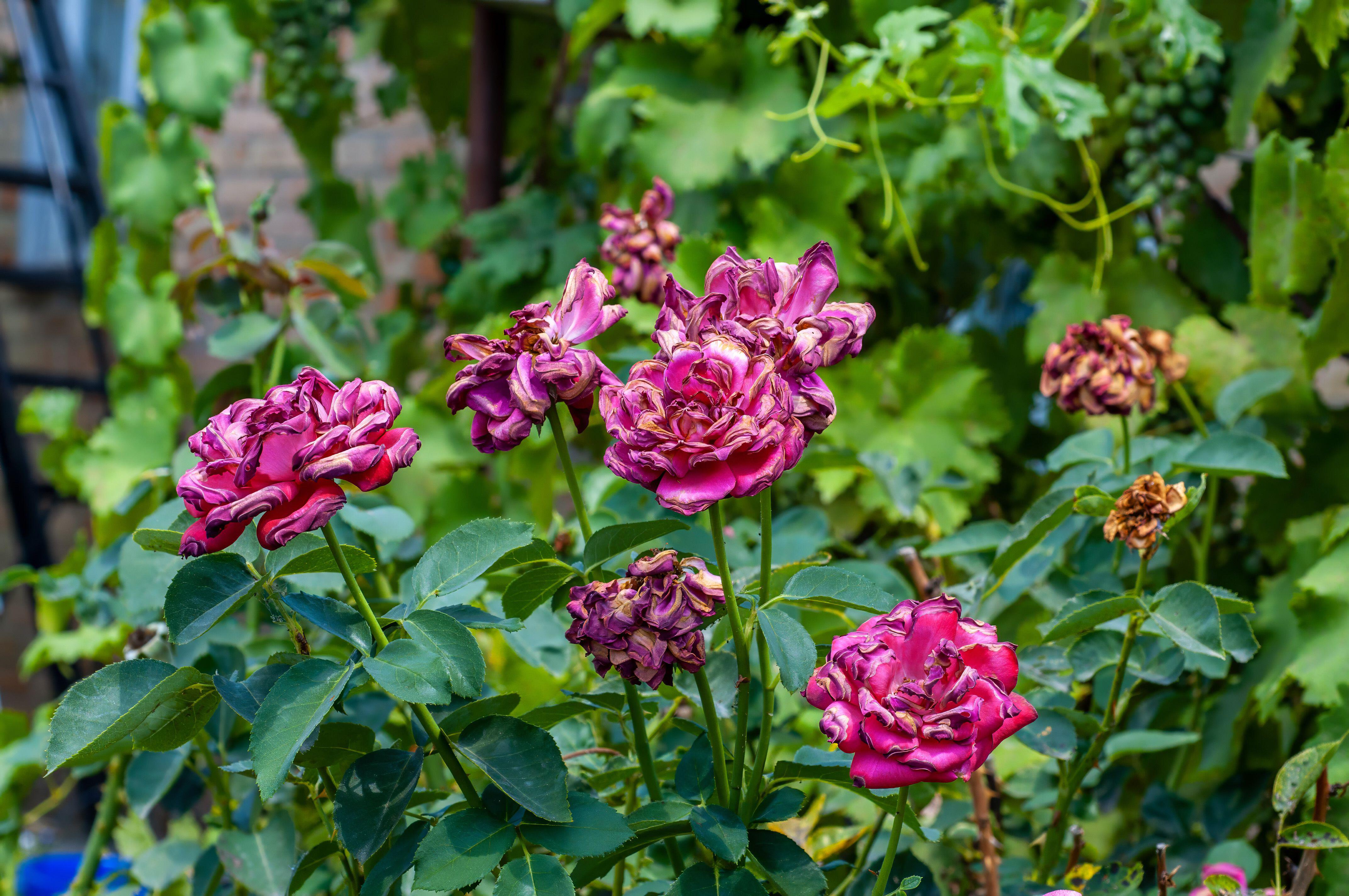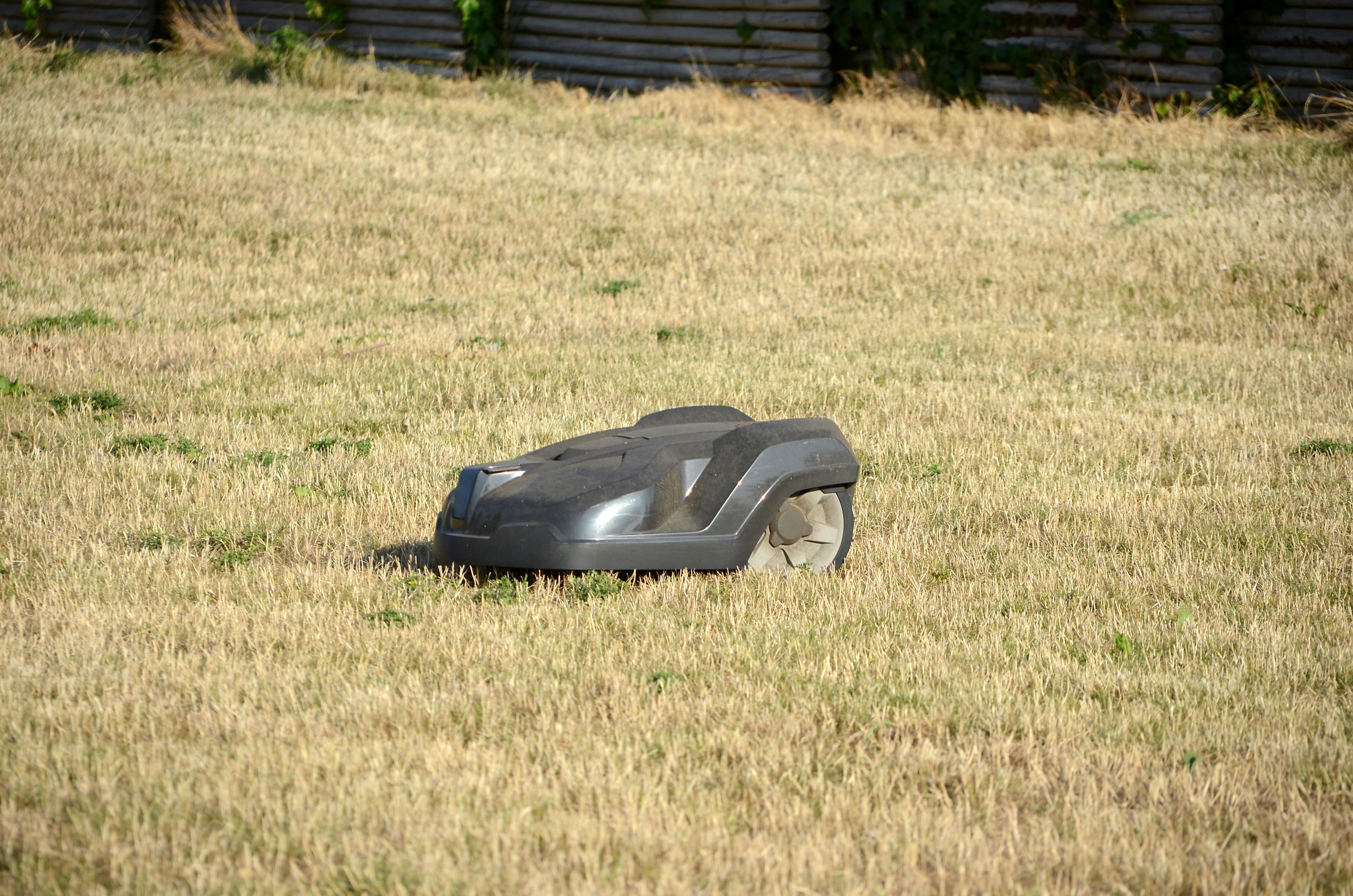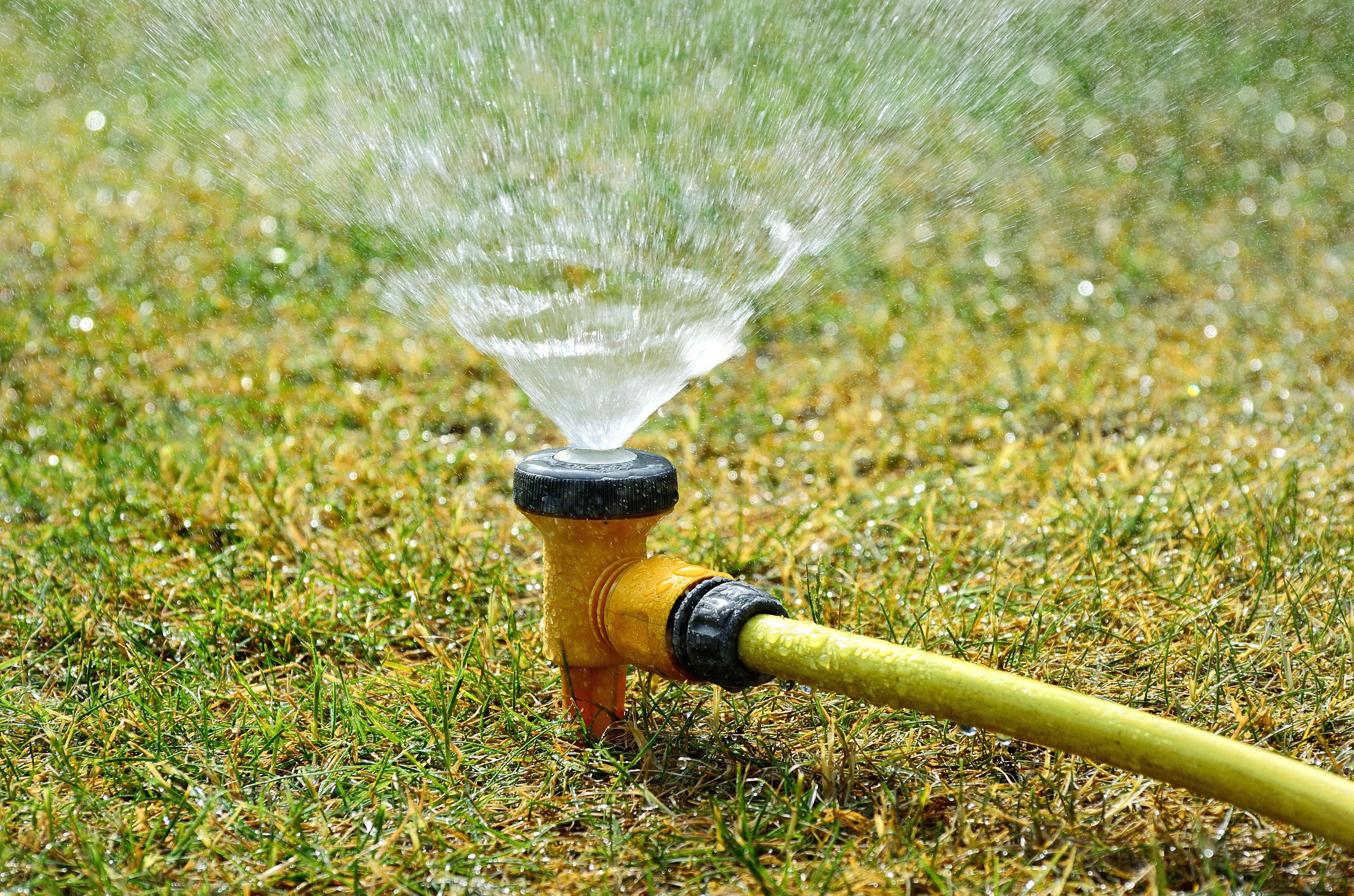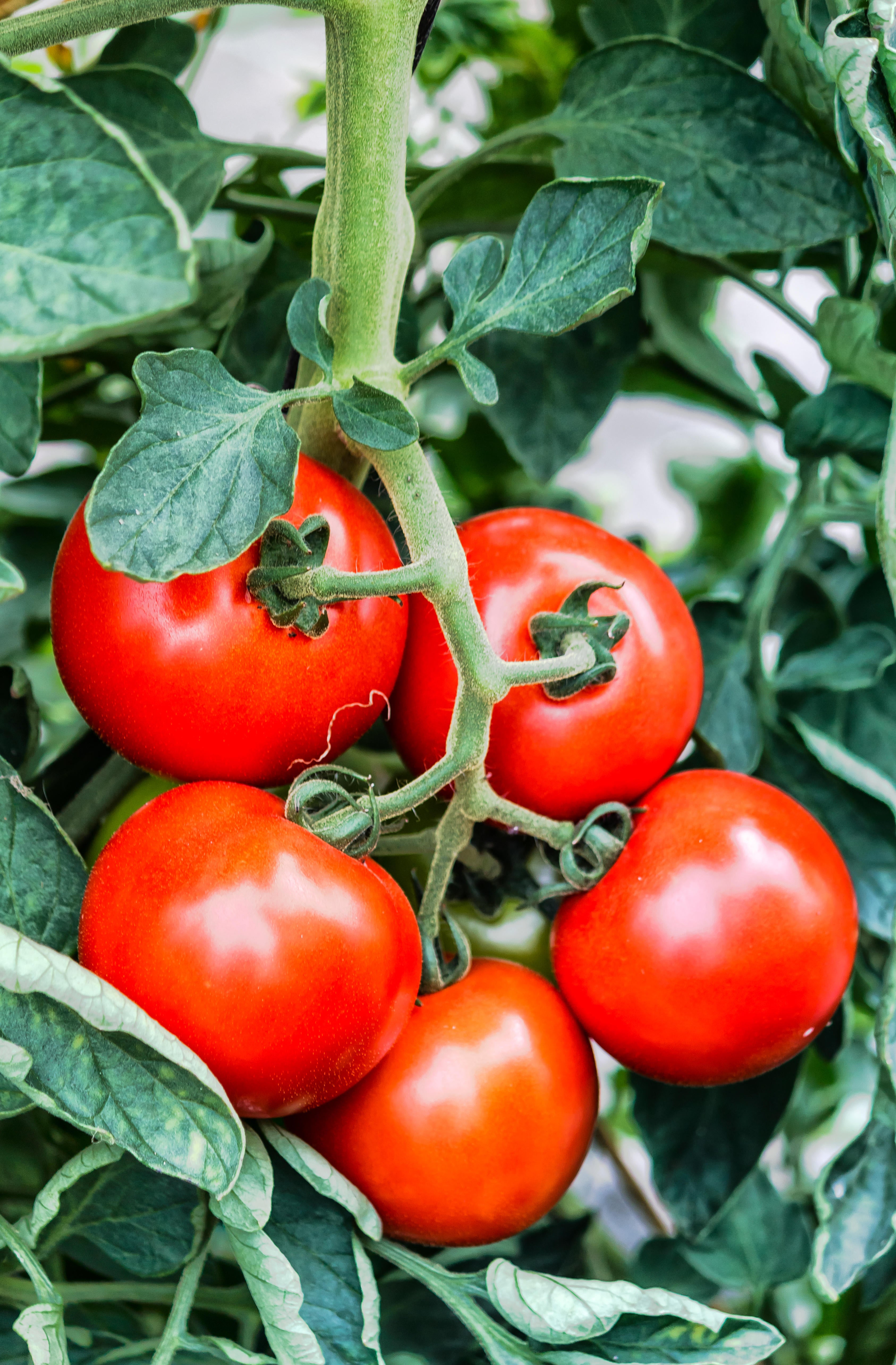
Support truly
independent journalism
Our mission is to deliver unbiased, fact-based reporting that holds power to account and exposes the truth.
Whether $5 or $50, every contribution counts.
Support us to deliver journalism without an agenda.

Louise Thomas
Editor
There is little better than lying out in your garden under blues skies and radiant sunshine, but the experience may be dampened if your plants are wilting around you.
We usually welcome plenty of sunlight and warmth for our plants, however too much heat can also have a negative impact on their growth and appearance.
We asked gardening experts to explain what heatwaves mean for our plants, and share some handy tips on how to revive your green space after a super-sunny spell…
What happens to plants during a heatwave?
“Heatwaves increase evaporation, causing plants to lose water rapidly. This can lead to wilting, leaf scorch and stunted growth,” explains Oliver Hill, founder of the gardening site Garden List. “Extremely high temperatures can inhibit photosynthesis, reducing the energy production for the plant.

“Leaves and fruits can suffer from sunburn, showing white or brown patches, particularly on sensitive plants,” he adds.
Hill says most plants thrive between 18°C and 24°C and that temperatures above 30°C are too hot for many of them.
How can you help revive sun-scorched plants?
“Apply mulch around plants to retain soil moisture and reduce temperature fluctuations,” advises Hill. “Also use shade cloths, or strategically place taller plants to provide shade to more sensitive plants.”
When and how you water your plants also makes a big difference during the summer.
“Water early in the morning or late in the evening to minimise evaporation,” recommends Hill. “Use drip irrigation to deliver water directly to the roots, minimising water loss.”
He also reminds gardeners to remove sunburned or damaged leaves to encourage new growth.
Looking after lawns

“A combination of extreme heat and lack of rain can stop lawns from growing, making it turn brown and appear patchy and worn,” says Steven Taylor, technical manager at GreenThumb Lawn Treatment Service. “Anyone with a garden needs to ensure they take extra care of their lawn during these extremely warm temperatures, especially when it’s such an intense heatwave.”Mow your lawn with precision and make sure you are regularly watering it.“If the grass is dry and not growing, do not mow it as this can weaken the grass and make it more vulnerable,” warns Taylor. “However, if there are some tufts growing here and there, then only trim the tops of the leaves.
“Try and keep the height to 50mm from the ground. This will help to protect the soil, keep it cool and ultimately help when the rains arrive.

“I’d also recommend watering your lawn for 20 minutes at a time early in the morning or late in the evening, as the temperature is generally cooler, which means the water is less likely to evaporate.”
What about vegetables?
“Extreme heat can slow down growth and reduce yields of vegetables,” warns Hill. “High temperatures can cause flowers and immature fruits to drop. Heat stress can also affect the taste and texture of vegetables like lettuce and spinach.”
So, what are the best vegetables to grow in the summer heat?
“Tomatoes thrive in heat if adequately watered,” says Hill. “Peppers, both sweet and hot varieties, enjoy warm temperatures.

“Aubergines also prefer warm conditions and can handle the heat well.”
However, leafy or cruciferous veggies tend to not do so well during a heatwave.
“Lettuce and spinach tend to bolt quickly in high heat,” adds Hill. “Broccoli and cauliflower, which are cool-season crops, can become stunted or fail to produce heads.”
Keep your crops moist
“All vegetables need a constant supply of moisture otherwise they can become tough or just not fill out,” adds Angela Slater, gardening expert at Hayes Garden World. “It is always advisable to water in the early morning and evening at the base of the plant if a heatwave is forecast.
“Open the greenhouse door and the vents and, if possible, put in some shading in the form of paint or fabric,” she adds. “It can also help to water the path regularly to reduce the temperature.”







